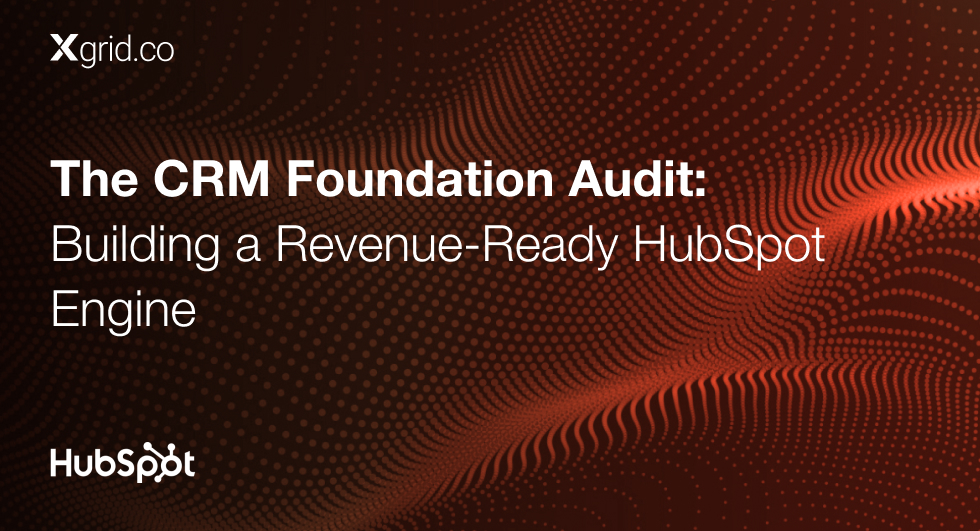A Guide to Optimizing Lead Value in Marketo Engage
If your campaigns are built on poor leads, none of your efforts are going to pay off. To ensure that you are pursuing the right kind of leads, you can optimize the values you assign to a lead. Assuming you are already familiar with Marketo Engage, and know how to set it up, this article is your guide on optimizing your lead value.
It is worth mentioning that lead value doesn’t automatically translate to a conversion. A lead value is the estimated worth of a lifecycle, regardless of the transition from MQL to SQL. It is a critical metric for measuring the financial impact of your efforts (ROI). Optimizing the proper lead value saves the marketing teams from countless headaches, and wasted efforts in the future.
How to Optimize Lead Value in Marketo Engage?
Without further ado, let’s get down into the nitty gritty of lead value optimization in Marketo Engage.
- Analyze Historical Data and Records
Your previous data contains a lot of useful insights. Start by looking into your marketing and sales data. Look for common behaviors, useful signals and leaks. If you play your cards right, you will end up with plenty of insights on what’s working. You can also determine the efforts that are no longer aligned with your agenda.
- Collaborate with Marketing and Sales Team
The misalignment between the sales and marketing team is a tale as old as time. If your marketing teams aren’t actively listening to sales reps, and vice versa, your lead value will suffer. Sales teams can identify the characteristics of successful leads. The marketing teams can identify which campaigns and content have been most effective in generating high-value leads.
- Implement Lead Scoring Models Effectively
Assuming you know how to setup a lead scoring model, it’s time to prioritize leads. Here’s a simple overview of the process to implementing lead scoring models effectively.
- Define Scoring Criteria
- Assign Point Values
- Set Thresholds
- Automate Scoring in Marketo
- Review and Adjust
- Personalize Lead Nurturing
Develop personalized lead nurturing strategies to engage high-value leads effectively. Tailor your messaging and content to address the specific needs and interests of these leads. Use targeted emails, personalized content, and one-on-one interactions to build relationships and guide leads through the sales funnel.
- Optimize Marketing Campaigns
Continuously refine your marketing campaigns based on lead value data. Identify which channels and tactics generate the highest value leads and allocate more resources to these areas. Test different approaches and measure their impact on lead value to ensure continuous improvement. This might involve A/B testing different content types, experimenting with various call-to-actions, or trying new marketing channels.
- Monitor and Adjust Strategies
Regularly monitor lead value metrics to assess the effectiveness of your optimization efforts. Use analytics tools to track lead performance and adjust your strategies as needed. If certain tactics are not yielding the desired results, be prepared to pivot and try new approaches. This continuous monitoring ensures that your lead generation and nurturing efforts remain effective and aligned with your business goals.
- Focus on Customer Retention
Increasing the value of leads also involves maximizing the lifetime value of customers. Implement customer retention strategies such as loyalty programs, upselling, and cross-selling to ensure that high-value leads continue to generate revenue long after the initial sale. This not only improves immediate sales performance but also contributes to long-term customer loyalty and revenue growth.
Some Formulas for an Optimized Lead Value in Marketo Engage
- Total Lead Value = Total Revenue / Total Number of Leads
Example – If your total revenue is $500,000 and you have 1,000 leads, the total lead value is $500,000 / 1,000 = $500 per lead.
- Lead Value = Average Sale Value x Conversion Rate
Example – If your average sale value is $1,000 and your conversion rate is 10%, the lead value is $1,000 x 0.10 = $100 per lead.
- Average Lead Value = (Total Revenue / Number of Leads) x Percent Profit
Example – If your total revenue is $400,000, you have 200 leads, and your profit margin is 5%, the average lead value is ($400,000 / 200) x 0.05 = $100 per lead.
What Indicates a Good Lead Value?
A good lead value is an indicator that your marketing efforts are effective and your sales process is efficient. Here are several key indicators that point to a good lead value. These factors can also be a sign that your lead value is good, or needs improvement.
- High Return on Investment (ROI)
A high lead value generally correlates with a high ROI. This means that the cost of acquiring and nurturing a lead is significantly lower than the revenue generated from that lead. If your lead value calculations show that each lead is contributing substantially to your revenue, it indicates that your marketing strategies are working well.
- Consistent Conversion Rates
A good lead value is often reflected in consistent and healthy conversion rates. If leads consistently convert to paying customers at a high rate, it shows that the leads are of high quality and your nurturing strategies are effective. Conversion rates should be monitored over time to ensure they remain stable or improve.
- Low Customer Acquisition Costs (CAC)
When lead value is optimized, the cost of acquiring new customers is relatively low. Efficient use of marketing resources and targeted campaigns can reduce CAC, making each lead more valuable. This balance between cost and revenue is crucial for sustainable growth.
- High Customer Lifetime Value (CLV)
Lead value should be positively correlated with customer lifetime value. High-value leads often turn into high-value customers, contributing more revenue over their lifetime. This includes repeat purchases, upsells, and cross-sells. Monitoring CLV helps ensure that your lead generation efforts are not just about immediate sales but also long-term profitability.
- Engagement and Behavioral Indicators
High-value leads typically show strong engagement and positive behavioral indicators. This includes frequent interaction with your content, participation in webinars, downloading whitepapers, and other actions that signal interest and readiness to buy. These behaviors suggest that the leads are well-aligned with your offerings.
- Alignment with Ideal Customer Profile (ICP)
Leads that fit well within your ideal customer profile (ICP) are more likely to have a high lead value. This means they possess the characteristics (e.g., demographics, firmographics) that make them more likely to benefit from your products or services and therefore more likely to convert and remain loyal customers.
- Sales Feedback
Feedback from your sales team can also indicate good lead value. If the sales team finds that leads are well-qualified, easy to engage with, and more likely to convert, it is a strong sign that your lead value is optimized. Regular feedback loops between sales and marketing can help maintain and improve lead quality.
Optimize Your Lead Value Properly!
Optimizing lead value in Marketo Engage requires a comprehensive approach that goes beyond basic strategies. Addressing issues such as data quality, segmentation, personalization, response times, content alignment, behavioral data utilization, user experience, lead scoring models, and cross-channel integration are all critical to enhancing lead value. By focusing on these areas, businesses can ensure their marketing efforts are more effective, leading to higher-quality leads and improved overall performance.





